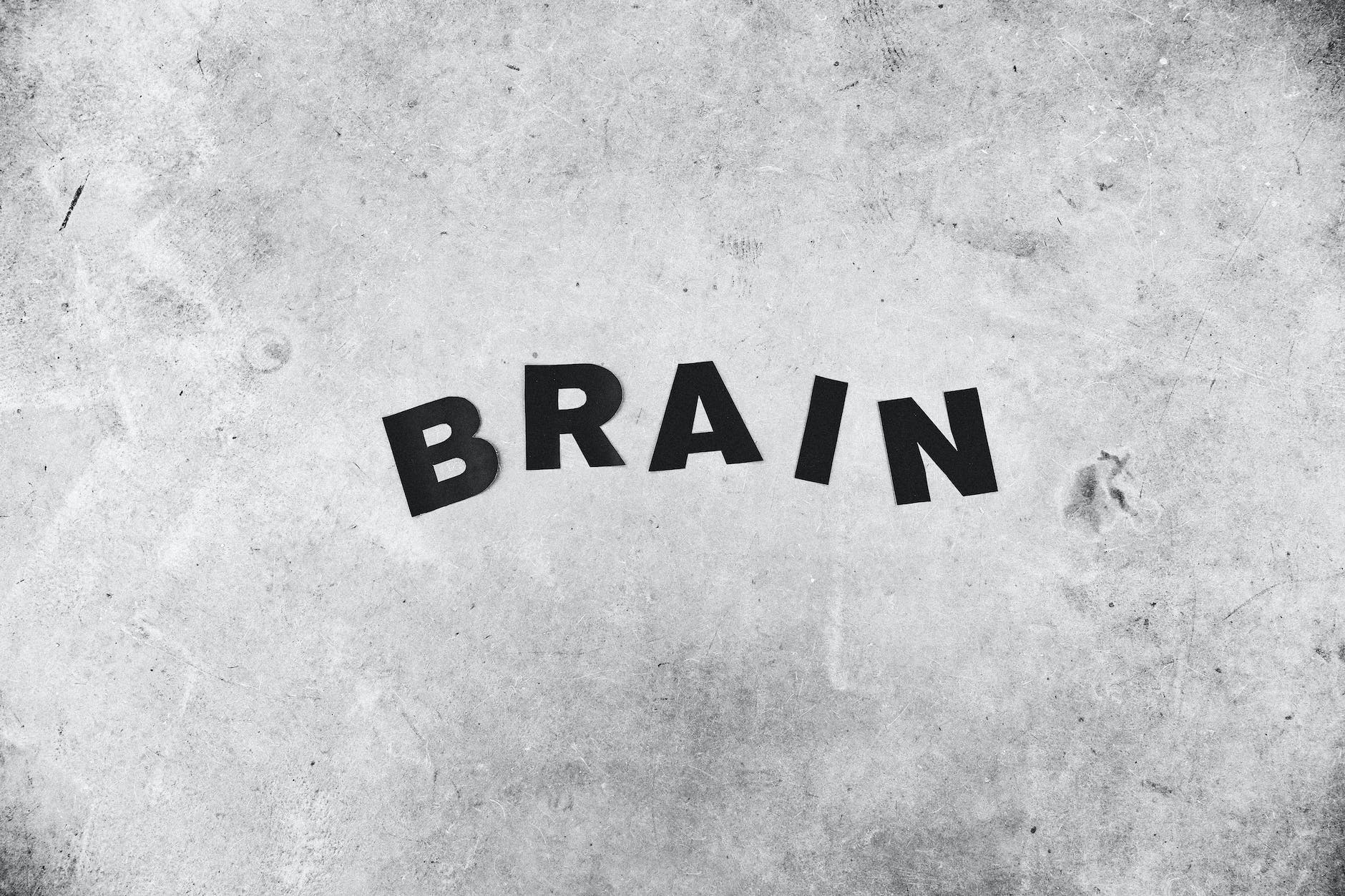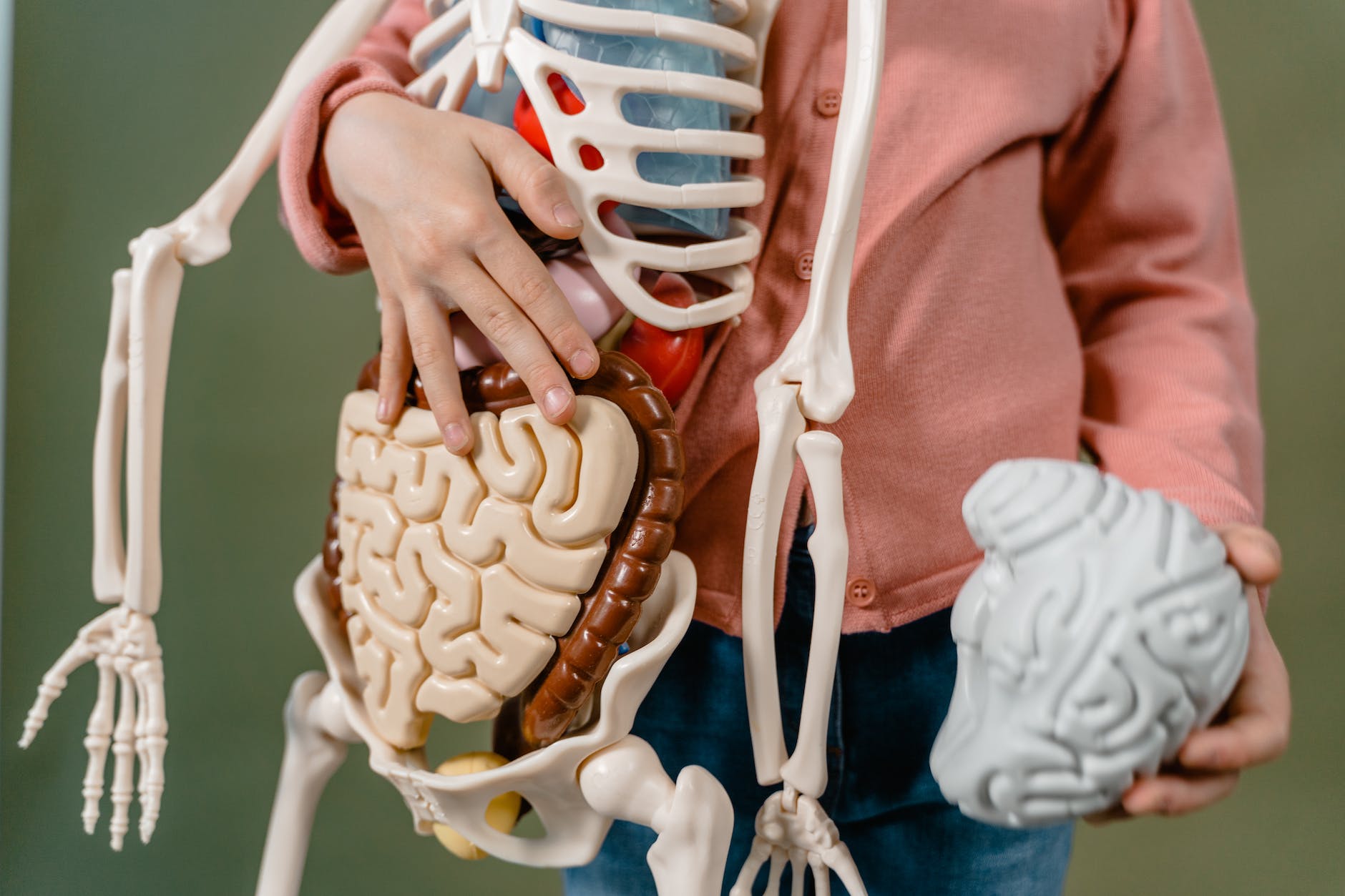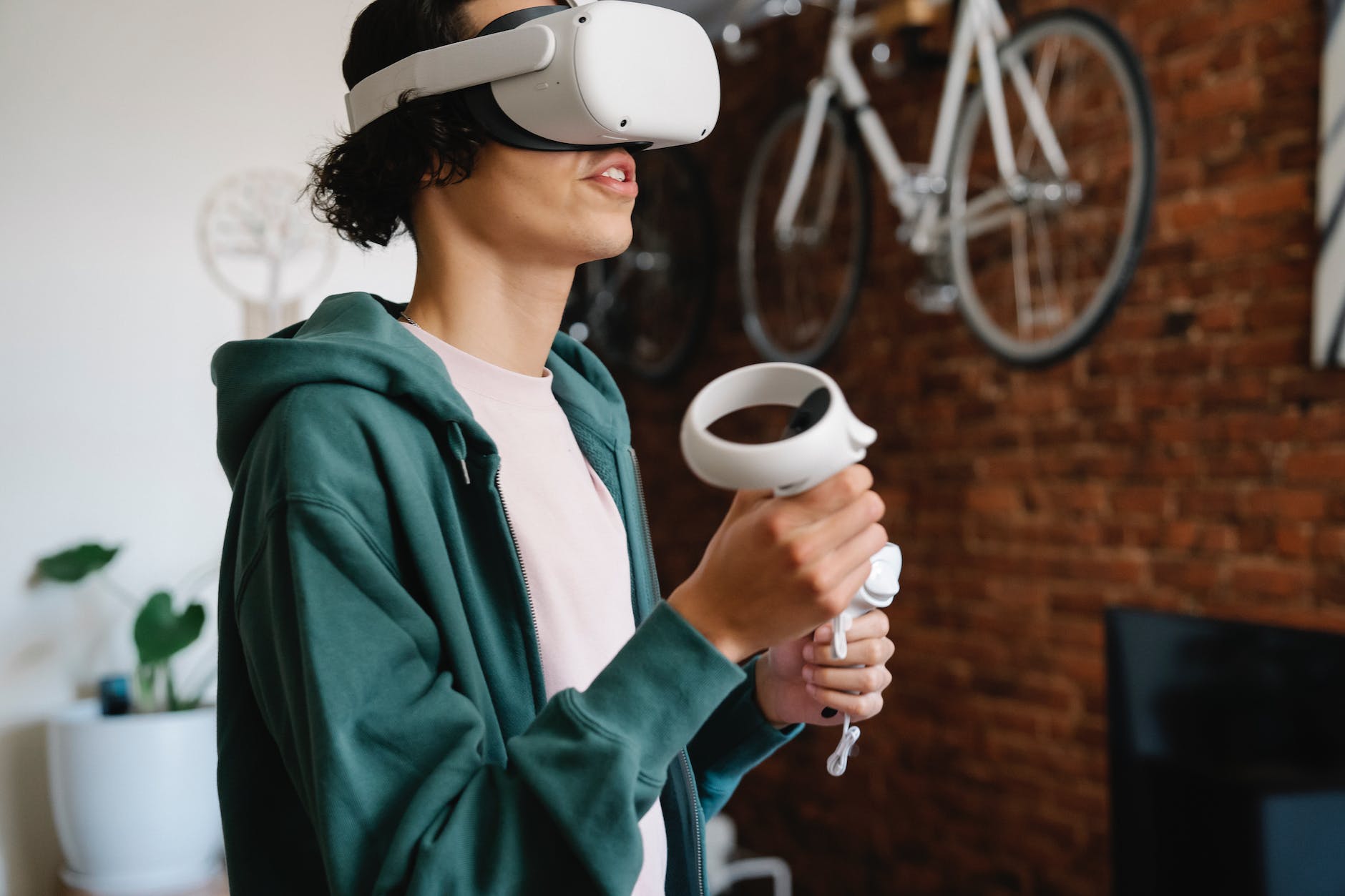The psychedelic experience, characterized by profound alterations in perception, cognition, and emotion, has fascinated humans since antiquity. In the past decade, scientific interest in these substances has resurged, driven by intriguing evidence of their therapeutic potential. This article will dive into the neural mechanisms that underpin hallucinations, ego dissolution, and synesthesia experienced under psychedelics, expanding on the critical roles of serotonin receptors, brain scans, and the study of neurochemistry to understand these phenomenon.
Psychedelics such as LSD, psilocybin, and DMT initiate their effects by binding to serotonin receptors, particularly the 5-HT2A receptor subtype. Research published in Nature indicates that psychedelic substances bind to these receptors, stimulating increased firing of neurons. This binds an increased production of “excitatory” neurotransmitters, leading to a state of hyper-excitation in some areas of the brain.
One key region which appears hyperactive in brain scans during psychedelic experiences is the “default mode network” (DMN), a system associated with self-referential thought and introspection. Studies show that during psychedelic-induced altered perception, there is an increased blood flow in the DMN, suggesting a heightened state of self-consciousness.
Interestingly, the hyperactivity in the DMN is followed by a paradoxical disconnect between different brain regions that normally collaborate. This disconnection, often referred to as “ego dissolution”, involves a temporary loss of personal identity, where the boundaries between self and world blend. A study in Frontiers in Human Neuroscience suggested that the dissolution of ego might be a result of a decreased integrity within the DMN, demanding renewed attention to the concept of ‘self.’
Psychedelics also have the power to induce synesthesia – a blending or melding of senses that aren’t usually connected. A person might ‘see’ music or ‘taste’ colors while under the influence, a phenomenon that neuroscientists suspect is owing to an increase in neuroplasticity. Emerging research published in Cell Reports suggests that psychedelics can increase the expression of proteins related to synaptic plasticity, nerve growth, and branching –comparable to creating new pathways for thoughts and senses.
Obviously, one of the more well-known aspects of the psychedelic experience is hallucinations. Visual hallucinations can range from simple geometric patterns to complex, meaningful visions. The surge in serotonin, coupled with the altered functioning of the DMN, may distort the brain’s interpretation of its surroundings, leading to these visual hallucinations. Collective data from various published Neurochemistry findings tie the hallucinogenic effects to disrupted serotonin signaling that influences the activity of specific visual areas of the brain.
Understanding the neural basis of psychedelic experiences not only shapes our understanding of consciousness, but also has implications for treating mental disorders. Psychedelic therapies might ‘restart’ the brain and provide a window of plasticity for reorganizing mental health disorders like depression, addiction, and PTSD.
Although we now have a basic understanding of the roles played by serotonin receptors, default mode network activation, neuroplasticity, and altered perception, many mysteries unravel when it comes to the intriguing world of psychedelic neurochemistry. As research grows, we may open new doors to understanding the very nature of human thought, perception, and consciousness itself.
In transgressing the frontiers of understanding the mind, psychedelics continue to exemplify Aldous Huxley’s notion of ‘doors of perception,’ providing a unique lens into the profound and often mysterious depths of human consciousness.







